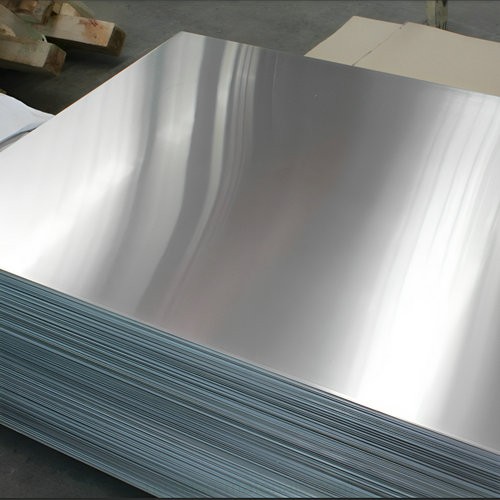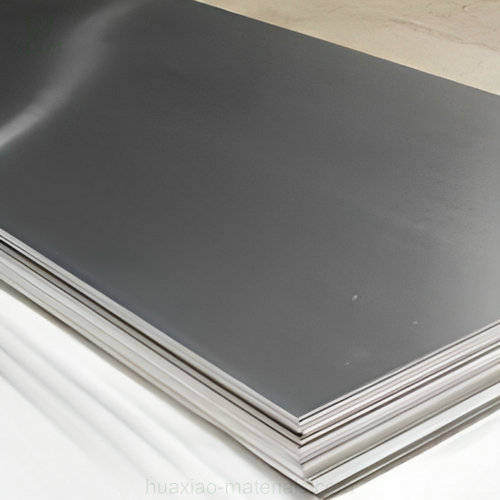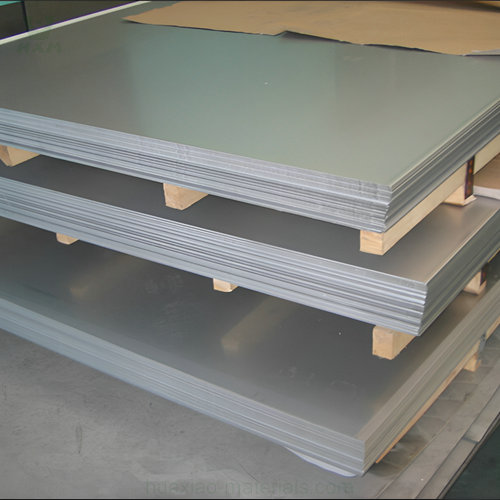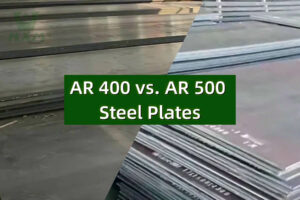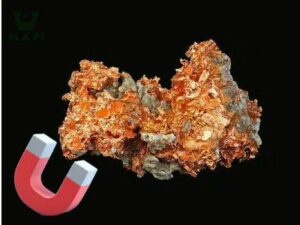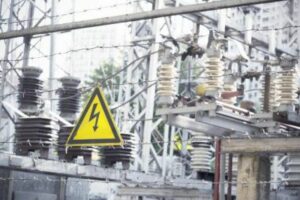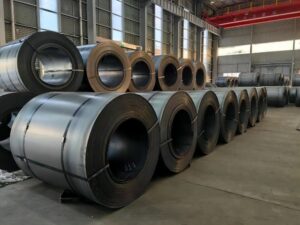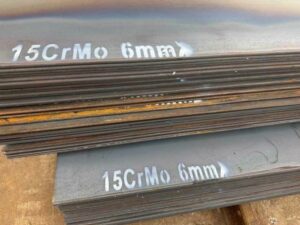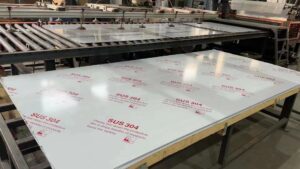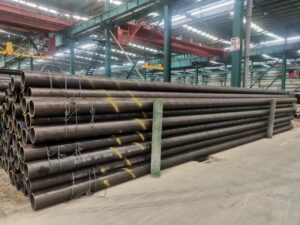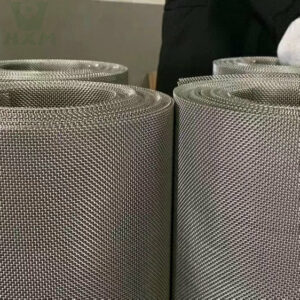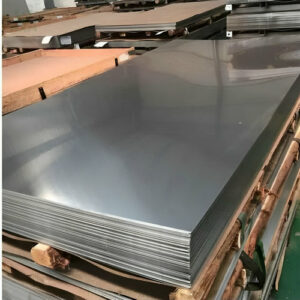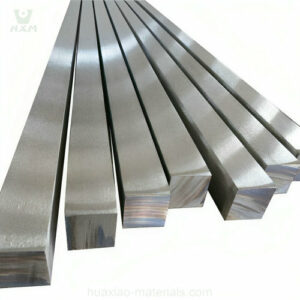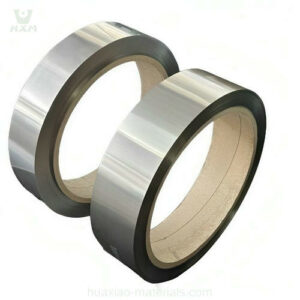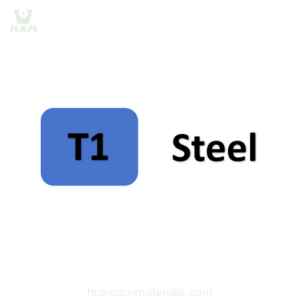18/8 stainless steel, commonly known as 304 stainless steel, is renowned for its exceptional performance in both indoor and outdoor applications due to its unique combination of corrosion resistance, durability, and aesthetic appeal. Let’s explore how 18/8 stainless steel performs in these environments:
Corrosion Resistance: 18/8 stainless steel exhibits excellent corrosion resistance in indoor environments. It is highly resistant to oxidation, moisture, and common corrosive agents found indoors, such as mild acids and cleaning chemicals.
Aesthetic Appeal: Its bright, shiny finish contributes to its popularity in indoor applications. Whether used for kitchen appliances, furniture, or decorative elements, 18/8 stainless steel adds a modern and sophisticated look.
Hygiene and Cleanliness: In settings like kitchens, hospitals, and laboratories, 18/8 stainless steel is preferred due to its non-porous surface, which prevents the growth of bacteria and ensures easy cleaning.
Durability: The material’s resistance to wear, impacts, and temperature variations makes it suitable for indoor applications that require long-lasting performance.
Weather Resistance: 18/8 stainless steel’s corrosion resistance extends to outdoor environments as well. It withstands exposure to rain, humidity, and varying temperatures without rusting or deteriorating.
Saltwater Resistance: In coastal regions, where saltwater exposure is significant, 18/8 stainless steel is favored for outdoor fixtures, railings, and components due to its ability to resist saltwater corrosion.
UV Resistance: The material retains its appearance and integrity under prolonged exposure to sunlight, making it suitable for outdoor architectural elements and fixtures.
Low Maintenance: 18/8 stainless steel’s resistance to corrosion and staining minimizes the need for frequent maintenance, making it an attractive choice for outdoor installations.
Structural Use: It is used in outdoor structural components, such as bridges, handrails, and support systems, where strength, durability, and corrosion resistance are crucial.
Landscaping and Decor: The material’s polished finish or brushed texture complements outdoor landscaping features, sculptures, and signage.
Petrochemical and Industrial: In outdoor industrial environments, 18/8 stainless steel is employed in equipment, pipelines, and storage tanks due to its resistance to harsh chemicals and corrosion.
Automotive and Transportation: The material’s resistance to road salts and environmental pollutants makes it suitable for automotive trim, exhaust systems, and components.
In summary, 18/8 stainless steel’s corrosion resistance, durability, low maintenance requirements, and aesthetic versatility make it an excellent choice for both indoor and outdoor applications. Whether used in kitchen appliances, architectural features, marine equipment, or other settings, its performance ensures long-lasting functionality and an attractive appearance in diverse environments.
